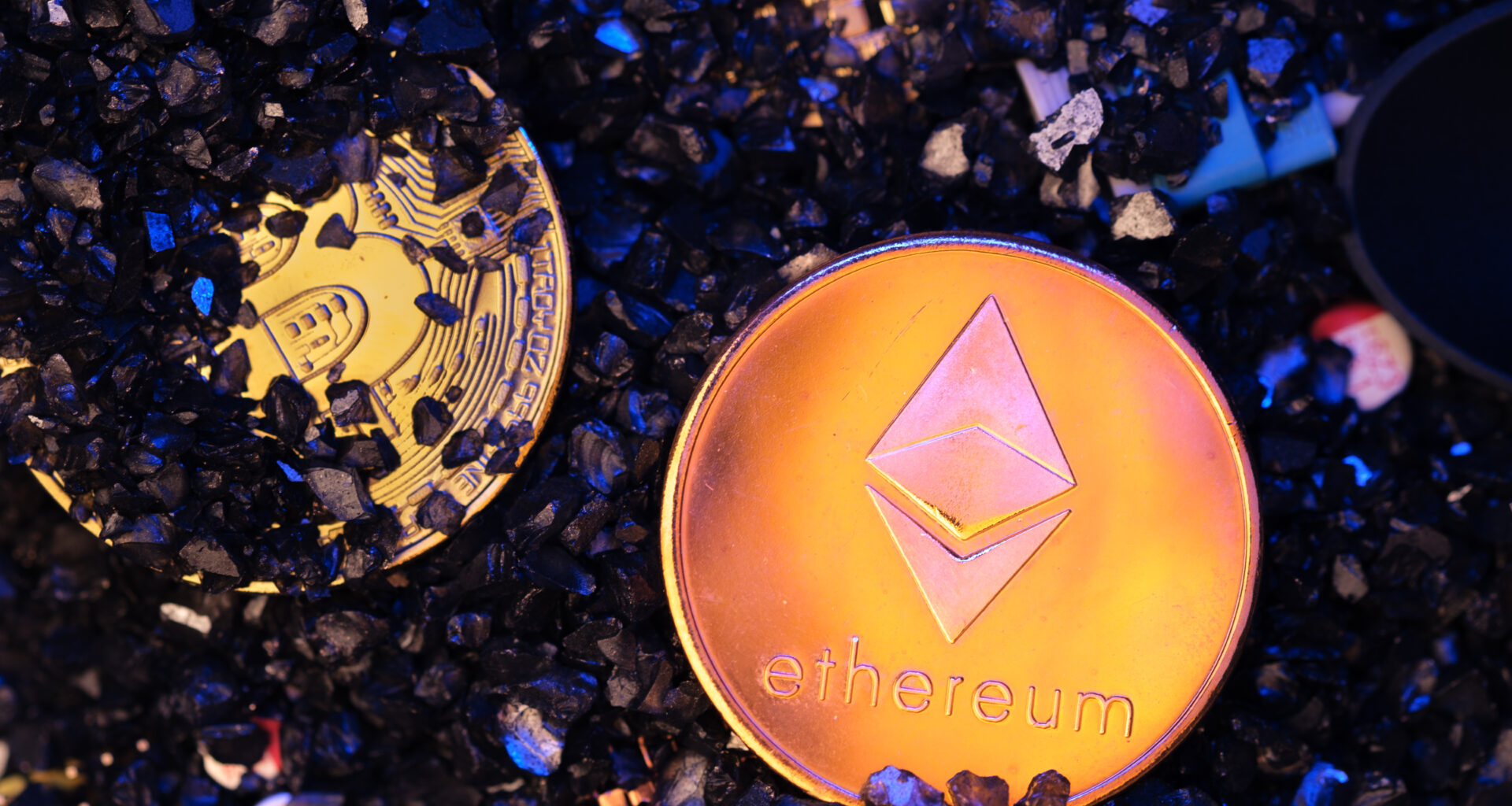Crypto staking is not a novel concept. After trading coins, activities such as providing liquidity, mining, and staking crypto to generate yields have caught the attention of small and big investors alike. Due to its popularity, many newbies are encouraged to try crypto staking even if it is a small investment. If you are also here to discover more about staking crypto, you’re on the right page. Let’s discuss what it means to stake crypto and the things you should take into account.
How Did Crypto Staking Begin?

Staking crypto is as easy as 1, 2, 3 – no need for trading skills or anything to read charts and predict prices. Just stake and wait to get your rewards. For newbies, staking is a convenient strategy to earn. But when did it start? How was staking “born”?
Crypto staking came from the Proof-of-Stake (PoS) consensus mechanism—one of the more popular approaches to making new blocks on the blockchain. Another popular one is Proof-of-Work (PoW). PoS is the algorithm through which new blocks are verified and authenticated. Validators stake, or lock up, their cryptos to the network in order to be able to verify new blocks that are created on the chain. The crypto is then used to verify network activity and seal new blocks, and block rewards are distributed over time.
PoW, on the other hand, is a more expensive process as it requires miners to have high-quality mining equipment. The more high-tech the equipment is, the more money miners can make.
Peercoin, which was launched in 2012, was the first working use of a PoS in cryptocurrency. There followed other cryptocurrencies like Blackcoin, Cardano, Nxt, and Algorand. As of 2017, however, PoS was still not as commonly utilized as cryptocurrencies like PoW.
Ethereum is set to transition from a PoW consensus mechanism to a PoS one in the upcoming Ethereum merge, which many fans are excited about.
Things Beginners Should Know About Staking Crypto

Although staking doesn’t require technical schools from investors, you need to know some basic things about it before you lend your coins. With this basic information, you can discover more strategies on how you can earn money from cryptocurrencies. These are the things you should know as a beginner.
Staking Is Different From Mining
Staking, trading, and mining are different activities on the blockchain. Although they are commonly performed to make money from crypto, they have differences worth pointing out. One example is the difference between staking from mining. Staking is different in a way that it doesn’t require computer systems to make new blocks, which is excellent for investors looking for a cheap way to participate in blockchain projects.
What you do in staking is stake your coins so that the network where you staked them can use the cryptos to make and validate new blocks. Mining is different as it uses computer equipment to supply energy to blockchain networks.
You Don’t Need a Lot of Money to Stake Crypto
You don’t have to be rich when you stake crypto. You don’t need thousands or millions of dollars to get started. You can find staking platforms with low initial staking requirements. For example, you can stake for as low as 1 DOT if you try staking Solana. If 1 DOT is equal to $16.66 USD as of this writing, that’s the only amount you need to start staking.
Annual Percentage Rates (APRs) Vary per Crypto
APR is the rate of the rewards you will receive from staking. For example, if you stake with RockX, you can stake DOT at 14%, KSM at 15%, and SOL at 5% estimated APR. APR is different per crypto. As you can see in our example, DOT, KSM, and SOL have different rates of rewards. The rate may also differ depending on the staking platform you use. There are some that give higher or lower rates.
Lock-up Periods Differ
Apart from APRs, there is also a lock-up period per coin. The lock-up period refers to the term that the coins are locked up on the network. When the coins are locked up, you can’t withdraw your staked coins or rewards. You have to wait for the term to lapse. The period ranges from 15 to 90 days. You will also encounter staking platforms with a lock-up period of 12-24 months.
You Get Coins as Rewards
Another way staking differs from trading is that you get coins as rewards in the former while you profit from price changes in the latter. This is a potential hedge against price volatility. Getting coins as rewards means you can sell them later at a higher price. Plus, the rewards are reasonable. In case there is a significant change in the price of the crypto when your lock-up period expires, you can still benefit from price changes once you sell your coins.
You Can Stake Without Exposing Your Identity
When you stake, you don’t need to provide your personal credentials such as your name, address, credit card information, or bank details to the staking platform. Once you have your digital or hardware wallet, you can start staking with it. No additional verification is needed as long as you have your wallet. This minimises the risk of identity or information theft on the blockchain. Decentralisation makes every transaction seamless and safe when you are staking.
The More You Wait, the More Rewards You Can Get
Did you know that one of the significant factors that determine your earnings from staking is the length of your chosen lock-up period? The more you wait, the more you can earn. It’s essential to know your staking goals so you can choose the proper term for your staking investments. If you think you can only tolerate a maximum of 15 days, you can opt for this term, but your rewards will be lesser. If you select 90 days and up, you will have more coins coming your way.
Are You Ready to Stake Crypto?

Now that you understand what it means to stake crypto, you can try your hand at it through RockX’s staking portal. Staking can be an easy way to earn passive income using crypto which requires minimal effort. Anyone can stake as long as they have access to the internet, without the need for lengthy KYC processes. Do always remember to DYOR (do your own research) before staking your crypto and remember to check out important details such as the lock-up period for estimated APR before you start staking.









